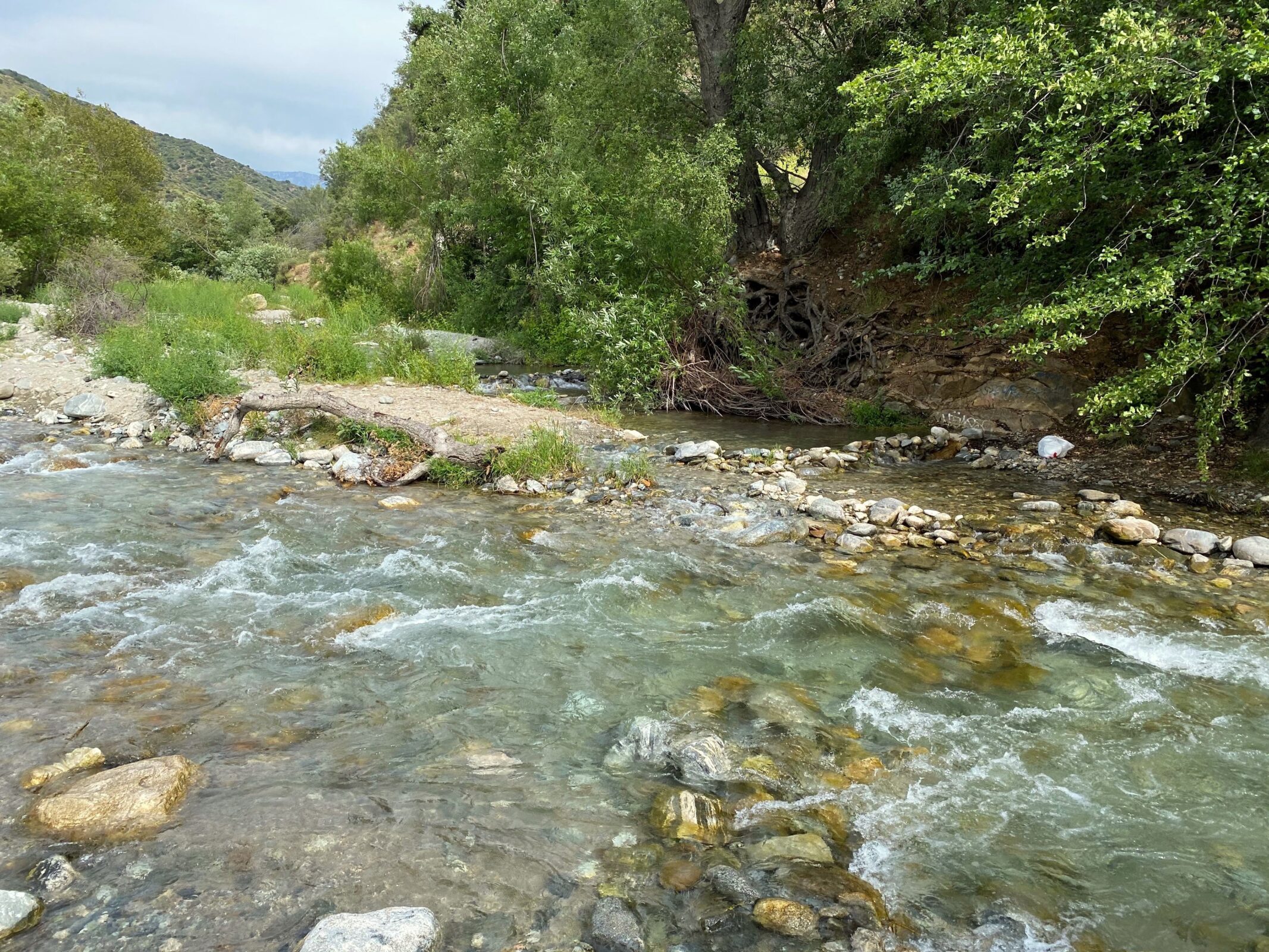California Freshwater Bill AB1066 Rolls Forward

Heal the Bay is excited to announce that Governor Gavin Newsom signed AB1066 into law (on Friday, October 8, 2021), a new environmental policy that protects public health and water quality at California’s recreational rivers, lakes, and streams.
Inland water recreation areas, where people swim, boat, and wade in water, should have the same health protections as coastal areas.
AB1066 takes the first steps toward addressing water quality monitoring disparities between ocean and freshwater sites. California has fecal pollution standards for freshwater, but oversight for pollution in rivers, lakes, and streams is lacking. Many swimming holes across the State are not tested for water quality, and for those that are, the monitoring and public notification protocols are not consistent.
The new bill focuses on water quality monitoring at inland recreation areas. It tasks the California Water Quality Monitoring Council with making recommendations for a uniformed statewide freshwater monitoring program to the State Water Board by December 2023. The Council must also propose a definition for which water bodies are included in the monitoring program, namely identifying the “priority water-contact recreation sites” in California. In their report due by July 2023, the Council is compiling and analyzing existing information on freshwater recreation sites across California, existing water quality data, and proposed criteria for defining how monitored areas are prioritized such as frequency of use and equity-based metrics.
The AB1066 legislation was authored by Assembly Member Richard Bloom, co-authored by Senator Ben Allen, sponsored by Heal the Bay, and modeled after AB411. AB411 is the guiding piece of legislation for ocean recreational water quality monitoring in California that was passed in 1997. Heal the Bay was the primary sponsor for the AB411 bill and the Beach Report Card helped gain support for it.
With the backing of Governor Newsom, AB1066 sets into motion protections for the public health of inland communities and visitors to freshwater recreation areas while addressing the public health disparity in California’s high-use outdoor places.


